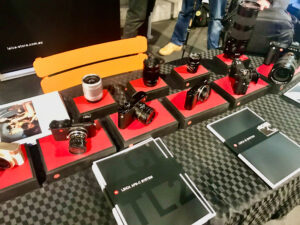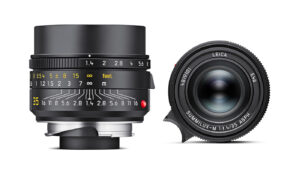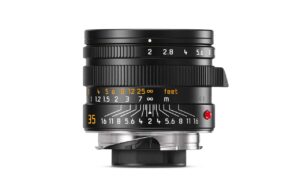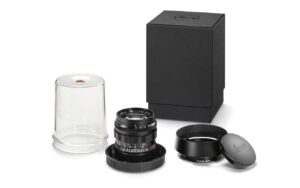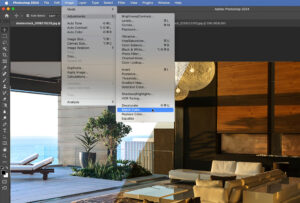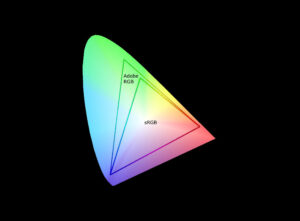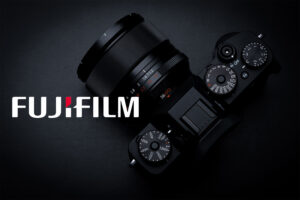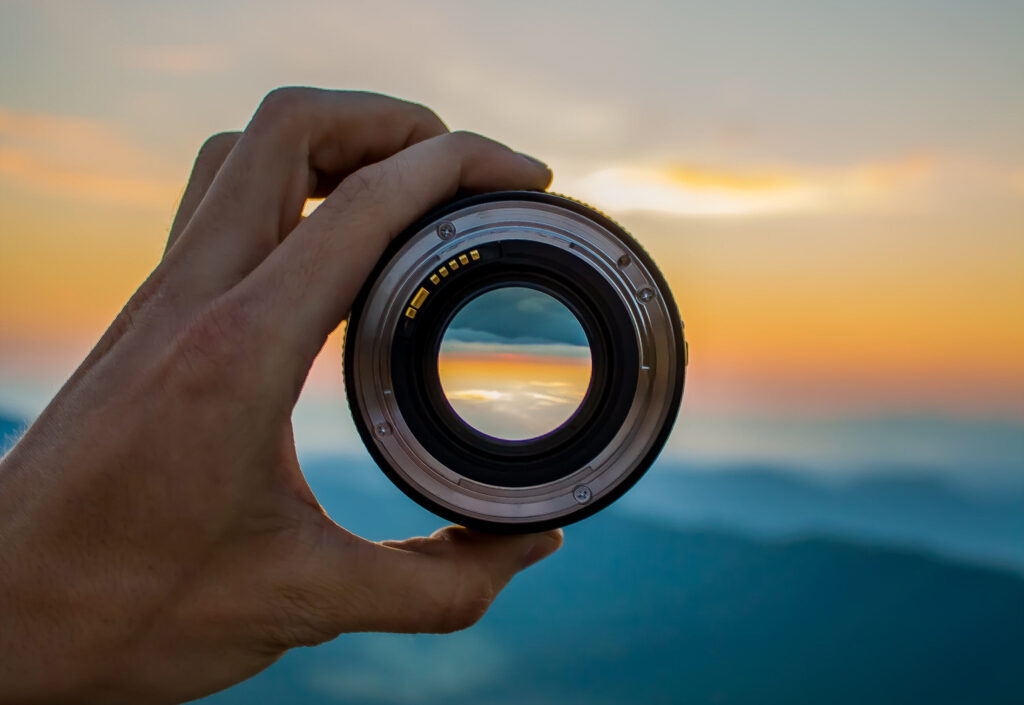In the realm of photography, mastering depth of field (DoF) can dramatically transform your images. Depth of field refers to the portion of your image that appears sharply in focus. While beginners often aim for a completely sharp image, learning to manipulate DoF to create a soft, blurry background can elevate your photography. That said, like anything don’t overdo it. Unnecessary shallow depth of field can look odd and almost be annoying when overdone with video our an entire series of photos. So use shallow depth with caution. Or better yet, learn which types of photos it is ideal for, and which a deep depth of field is more suited.
Understanding Aperture and Its Impact on Depth of Field
A key tool in controlling DoF is the aperture setting on your camera, particularly if you own a DSLR. The aperture is akin to the iris of an eye, regulating the amount of light that reaches the camera sensor. It’s denoted by f-stops, with a common scale including f/1.4, f/2, f/2.8, and so on. Remember, a smaller f-number means a larger aperture, resulting in a shallower DoF.
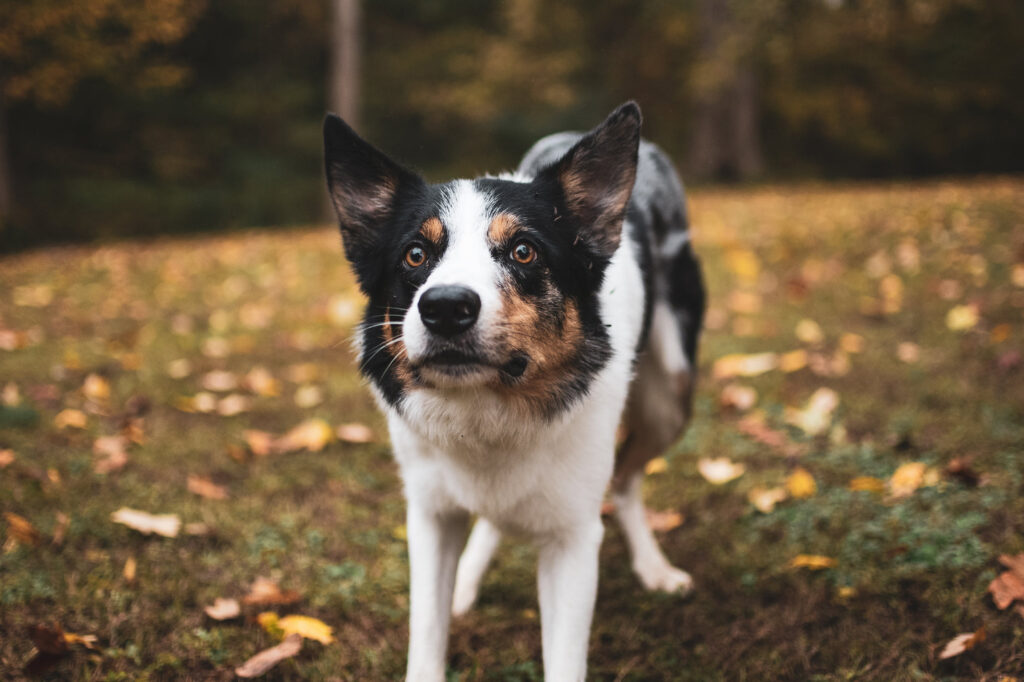
Aperture Settings: The Gateway to Creative Control with DoF
To adjust the aperture, your camera should have an aperture priority or manual mode. The mode selector dial typically indicates aperture priority as ‘A’ (or ‘Av’ for Canon cameras). In this mode, you select the desired aperture, and the camera automatically sets the shutter speed.
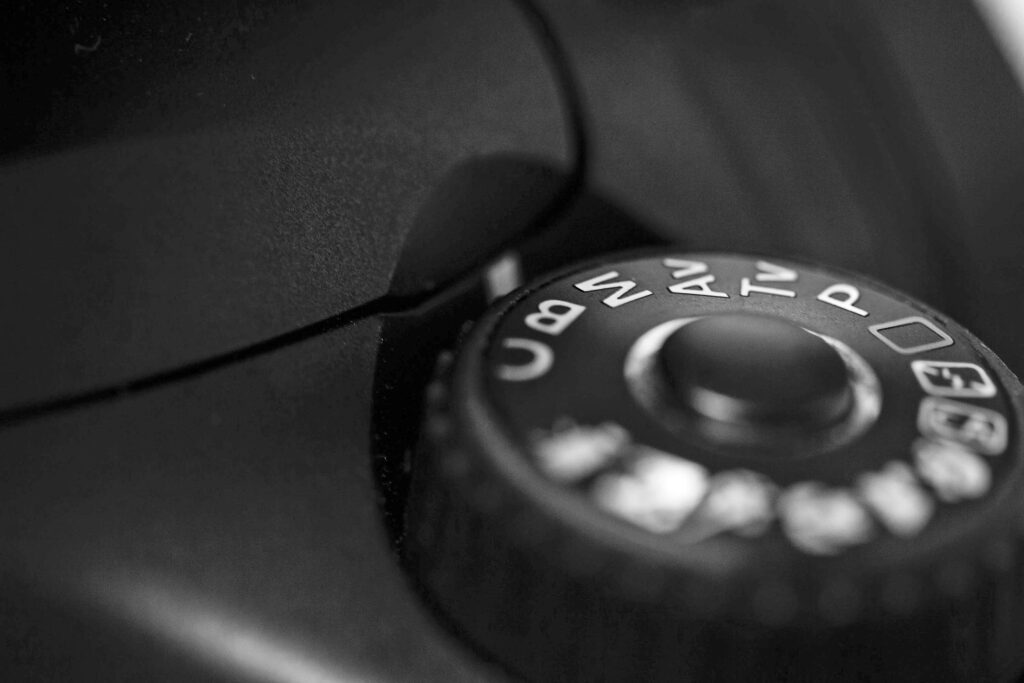
Choosing the Right Aperture
Selecting the right aperture is crucial and depends on your photographic intent. For portraits, a shallow DoF with the focus on the subject’s face, achieved with a small f-number, is ideal. In contrast, landscapes benefit from a deeper DoF, where everything is in sharp focus, necessitating a larger f-number.
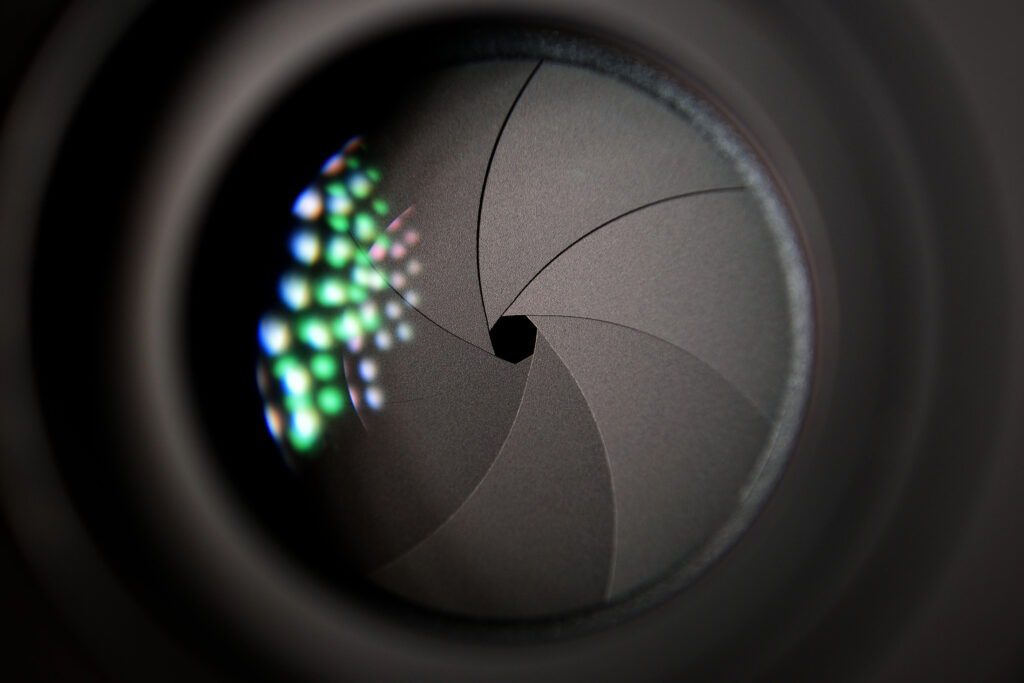
Lenses and Their Aperture Ranges
Every lens has its own aperture range. ‘Fast lenses’ can open wider, providing a shallower DoF. This range is often marked on the lens, like a common one like the Canon EF-S 18–55mm lens f/3.5–5.6, indicating the maximum and minimum aperture at various focal lengths.
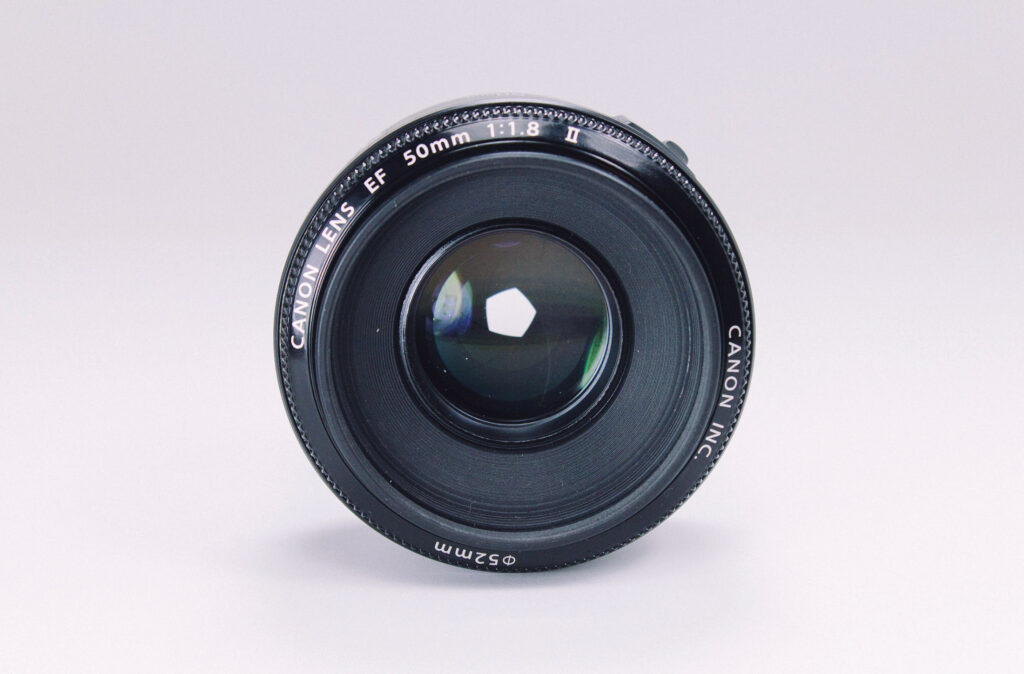
Tips for Effective DoF Usage
Shallow Depth of Field
Ideal for making subjects stand out against busy backgrounds. Be mindful of your focus, as too wide an aperture can result in excessive blurriness.

Deep Depth of Field
Best for landscape photography. Avoid the smallest aperture to prevent diffraction, which can reduce image sharpness. Focus about one-third of the way back from the horizon for optimal DoF coverage.

Overcoming Limitations in Automatic Cameras
If your camera lacks manual aperture control, like many point-and-shoots or smartphones, use macro mode for a shallower DoF. The camera will automatically select a wider aperture.
Practice and Experimentation: The Path to Mastery
The best way to master DoF is through practice. Experiment with different settings to understand how they affect your images. If you find your equipment limiting, consider upgrading to gear that offers more control over DoF.

Depth of field is a fundamental tool in photography that can significantly influence the aesthetic and focus of your images. Whether you’re capturing a portrait with a beautifully blurred background or a landscape where every detail is crisp and clear, understanding and manipulating DoF can be a game-changer. Embrace the learning curve, experiment with different settings, and watch as your photography evolves to new heights of creativity and expression.

























